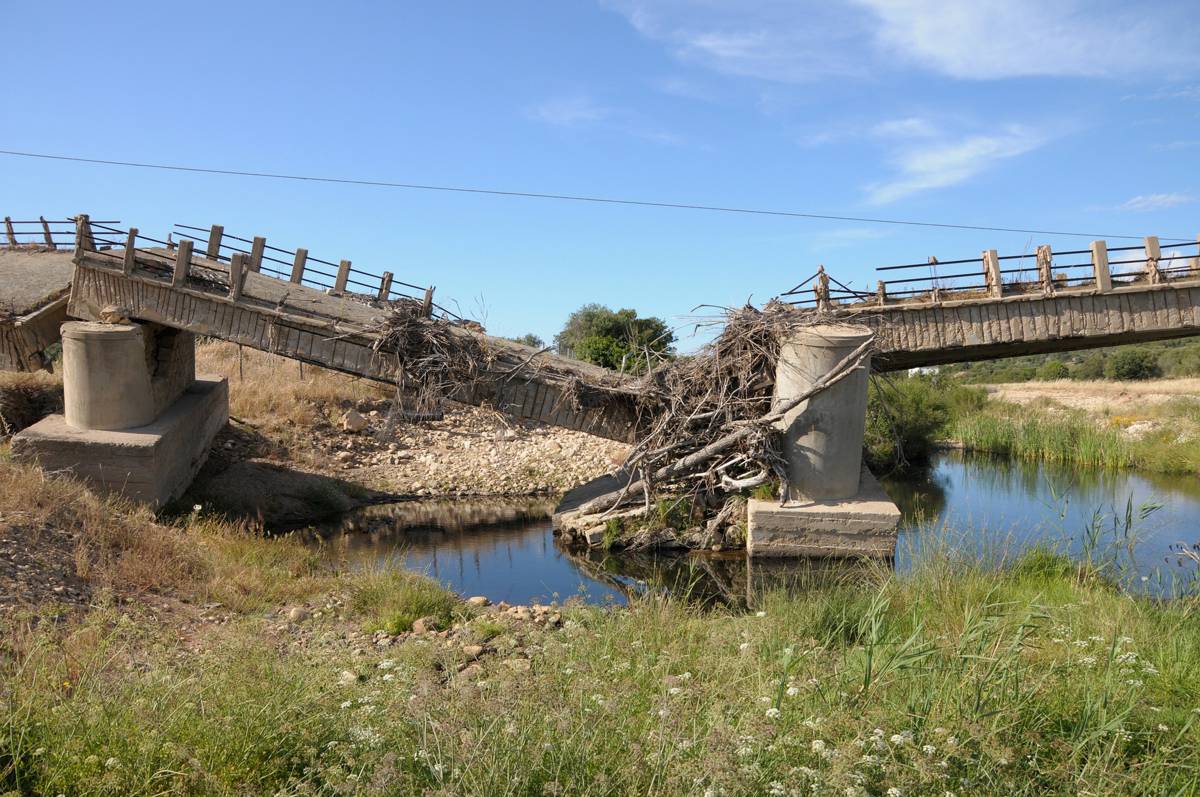Korean Sensor Technology detects Ground and Structural Collapse
The Korea Institute of Civil Engineering and Building Technology has developed a smart sensor that detects signs of ground or structure collapses and a real-time remote monitoring system.
The development of the sensor and system began with a search for a method of instant sensing of the collapse of slopes or buildings caused by ground movement for immediate response. This led to the development of a smart sensor that turns on a LED warning light upon detecting ground movement. The existing systems that measure the ground movement are not widely used because they are intended for use by experts and are costly and difficult to use.
Dr. Baek, Yong at the Department of Geotechnical Engineering Research at KICT, thermal camera & image sensor venture company “emtake”, and KICT’s 1st Research-based Spin-off Company “JAK Co., Ltd”, jointly developed highly-efficient entry-level sensors and systems that can be deployed for continuous monitoring of ground movement in high-risk areas.

The sensors can be easily installed 1m ~ 2m apart in areas susceptible to collapses. They detect changes in slope as subtle as 0.03°. Upon sensing signs of a collapse, they immediately turn on an LED light to give a warning. The sensors have highly-efficient optical transmitting lens technology, so the LED alert is visible to the naked eye even at a distance of 100 meters at day or night. When the warning light turns on, those in the situation room can remotely ascertain what is happening in the affected area in real time. This helps them take additional measures such as sharing the developments of the collapse with the appropriate authorities.
The sensors are much easier to install and cost much less than the existing sensors, and their cost of installation and operation are more than 50% lower. What is more, they can run almost a year without battery replacement thanks to their ultra-low power consumption. The sensors are expected to be widely used in areas with distinct seasonal variations because they endure and function well even at extreme temperatures of −30℃ to 80℃.
To prevent false alarms, an algorithm in the sensors analyses and evaluates the risk based on the conditions of the monitored locations. The sensors can be used at sites of construction, public works, tunnelling work, dilapidated buildings, and historical properties, as well as mines, underground structures, areas susceptible to landslides, and so forth.

The sensors were installed on a pilot basis in lava tubes on Jejudo Island, cut slopes alongside national roads and slopes in mountainous areas, and alongside the GTX-A high-speed railways in the Seoul metropolitan area. It is expected that they will be installed at more and more sites of major construction projects as well as building demolitions.
Dr. Baek said: “The current detection technology cannot respond very quickly to a collapse because it takes so much time to analyse and interpret the data.”
“This new sensor technology will greatly reduce the time to take action and, therefore, do a great deal to help prevent and respond to collapses,” he added.
This achievement is the outcome of research related to the “Development of A Countermeasure System against Jeju-type Subsidence for Safe Roads (from 2020 to 2022)” task, one of the KICT’s major projects (a project for inter-regional cooperation), supported by the Ministry of Science and ICT.




















